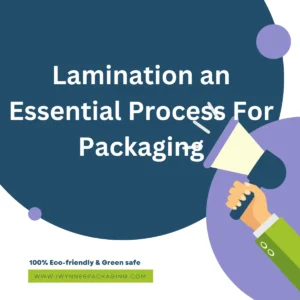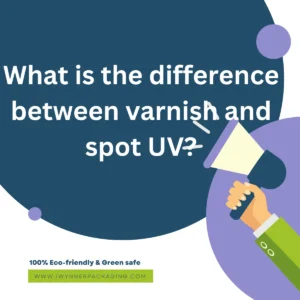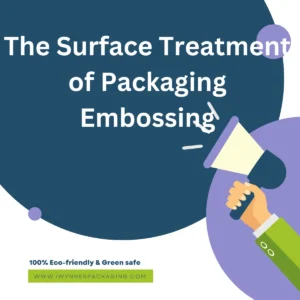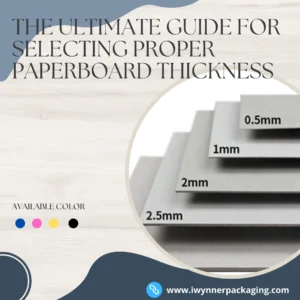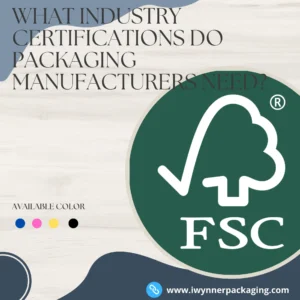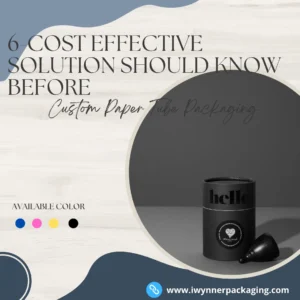Can Packaging Increase Your Sales?
Yes, when a customer orders a product online, there is a level of excitement as they wait for the package to arrive over the next few days. Having original, unique and quickly recognizable packaging will not only attract your customers. But will also help increase your brand awareness and ultimately increase revenue for your company.
The function of your packaging material: to protect the product
When choosing the right shipping material for your product, it is important to keep in mind the size and function of the package. It is vital that your products arrive at your customers in good condition, without any signs of damage caused by the shipping process.
When a customer receives a damaged product, it not only causes disappointment and dissatisfaction. But also creates a negative perception of your business and your products. Customers who receive a damaged product are more likely to leave a negative review, are less likely to buy from your company in the future, and will almost certainly not recommend your products to their friends and family. Not to mention the revenue your company loses by refunding or replacing damaged products.
To ensure that your products arrive safely to your customers, you can use any type of void filler or padding, such as bubble wrap, air pillows, kraft paper, recycled paper, or even custom cardboard inserts designed to fit and hold your specific products.

In addition to ensuring the safety of your products, it’s more important than ever to consider the type of materials you use for packaging. Today, many consumers are aware of their buying habits, and according to an e-commerce study conducted in 2019, 62% of consumers are more likely to buy brands that use sustainable or biodegradable packaging solutions.
Packaging is the protector of the product inside. It protects the product from physical impacts, such as impact, wetting, and scuffing. Packaging allows the product to reach the consumer in the most economical way and allows for easy storage. Another important role is to provide consumers with information that is easy to choose and use. The weight, price, date of manufacture, date of use, ingredients, name of the manufacturing company, and details of use written on the packaging provide a great convenience for both the seller and the consumer.
Packaging allows the consumer to understand all the attributes of the product. It is almost the “eyes” of the product. With the development of modern society, the reduction in the size of families, and the increase in the number of single families, the production of packaging has increased, especially in sub-packages. Preferred packaging goods, because today’s fast-paced people have limited time to eat, drink and shop, and easy to use and transport.
Most companies are aiming to be more environmentally friendly to keep up with the growing demand.
What is sustainable packaging and why is it so important?
Sustainable packaging has a lower environmental impact over its lifecycle than traditional materials. This starts at the source of the material. but is also taken into account throughout the production process and in terms of how it is disposed of. As millennials continue to make up a larger share of the consumer base, we are seeing more and more of the public focusing their buying power on companies they are ethically aligned with. As a result, eco-friendly packaging is becoming a fundamental part of any brand identity.
Adopting eco-friendly practices helps strengthen your brand by engaging your audience and building trust. By aligning with your customers’ values, your brand becomes more relevant, fosters more loyalty, and ultimately leads to more sales over time. Coincidentally, eco-friendly packaging practices can actually end up reducing costs. As the market for sustainable packaging solutions continues to grow, they use less material and are incredibly cost-effective.

- Stand out
Effective product packaging will make your product stand out from the competition. When your packaging sits on store shelves, it’s important to grab the consumer’s attention. You want packaging that grabs the consumer’s attention and makes them want to check it out. Packaging that grabs the consumer’s attention will only make it sell better.
- Protection
You also need effective packaging to protect your product during delivery to the store, to protect it on store shelves, and to protect it when consumers take it home.
- Use Information
Effective packaging is also important because it often contains information about your product that is important for its use, such as instructions for using the product or how to make it. If this information is not displayed correctly, you may receive many complaints from consumers.
- Product information
The effective packaging of your product usually also contains certain information that will help consumers learn more about your product, such as the product’s ingredients or nutritional content, and this information can make your product better sold, especially if it is displayed correctly.
- Brand and product information
Effective packaging is also important for your product because you want it to prominently display your brand name, and you want it to clearly show what the product actually is. If consumers have trouble identifying what the product is, they will move on.
What’s driving this growth?
In its latest annual study on this topic, Nielsen revealed that nearly two-thirds (66%) of consumers are willing to pay extra for products and services from companies that are committed to making a positive impact on society and the environment. This is a significant increase from 55 percent last year and 50 percent the year before. As long as the public actively seeks sustainability efforts from large companies to help combat climate change, the trend toward increased eco-value will surely continue to grow.
Reducing the number of packaging materials used
First, we should reduce the amount of materials we use in packaging. This addresses the problem at its source. Remember the three R’s (reduce, reuse, recycle)? It’s a long-standing principle that’s easy to understand. If you reduce what you consume, you can reduce the waste you dispose of. Not only does this immediately reduce your packaging costs, but it also reduces energy consumption and by-products from disposal processes.
Switch to eco-friendly packaging materials
By using eco-friendly alternatives to plastic and non-recyclable materials, your brand can make a significant impact. By doing so, you are supporting companies that are actively involved in sustainability initiatives. As a responsible consumer, you are helping to increase the demand for sustainable packaging and reduce its price. Over time, companies like yours will provide more value to other eco-friendly companies and reduce the demand for unsustainable materials. As a result, there will be a more significant impact on the environment, since disposable packaging leaves toxic pollutants in the environment during both the manufacturing and disposal processes.
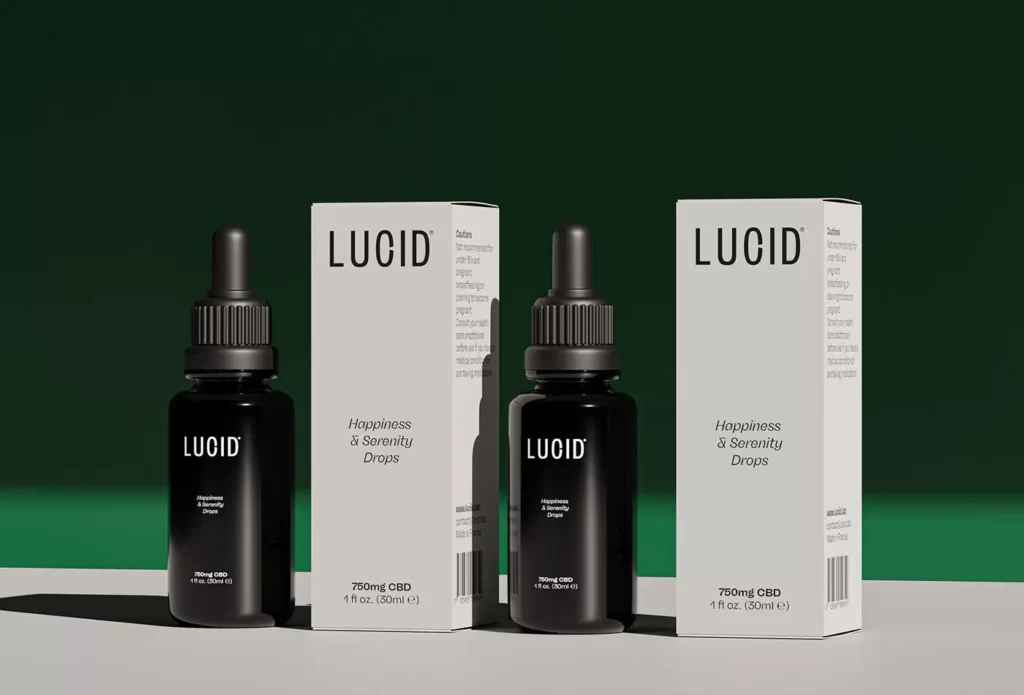
Avoid mixing recyclable and non-recyclable materials
The recycling process is highly organized and extremely complex. The reality is that only a fraction of the materials we send for disposal can actually be recycled and converted into another usable material. Too often, packaging materials are discarded because the packaging is actually a mixture of recyclable and non-recyclable materials that are difficult to separate or too time-consuming to sort. These situations effectively negate the environmental efforts made by companies, despite their best intentions. It’s important to take the time to verify that packaging materials are fully recyclable so they can be disposed of as is, rather than as waste.
Consider using pre-recycled materials
Pre-recycled materials have completed the recycling process and are now ready to be reused. Using pre-recycled materials is extremely good for the environment! They will ultimately reduce the amount of new material your company puts into circulation. The most commonly used packaging materials can be found in the pre-recycled form. For example, packaging peanuts are color-coded according to the percentage of recycled materials in their composition. Many innovative printing companies also print marketing materials and other inserts on recycled paper. Recycling paper from corrugated cardboard or shipping boxes can even be used in custom product packaging.
Taking the next step
As consumers become more and more demanding, eco-friendly packaging is crucial to gaining customers and enhancing your brand. By reducing the materials used throughout the packaging process and choosing sustainable packaging alternatives, you can respond to market demand and generate more revenue due to brand loyalty. With a stronger presence, your brand can increase sales through eco-friendly packaging.
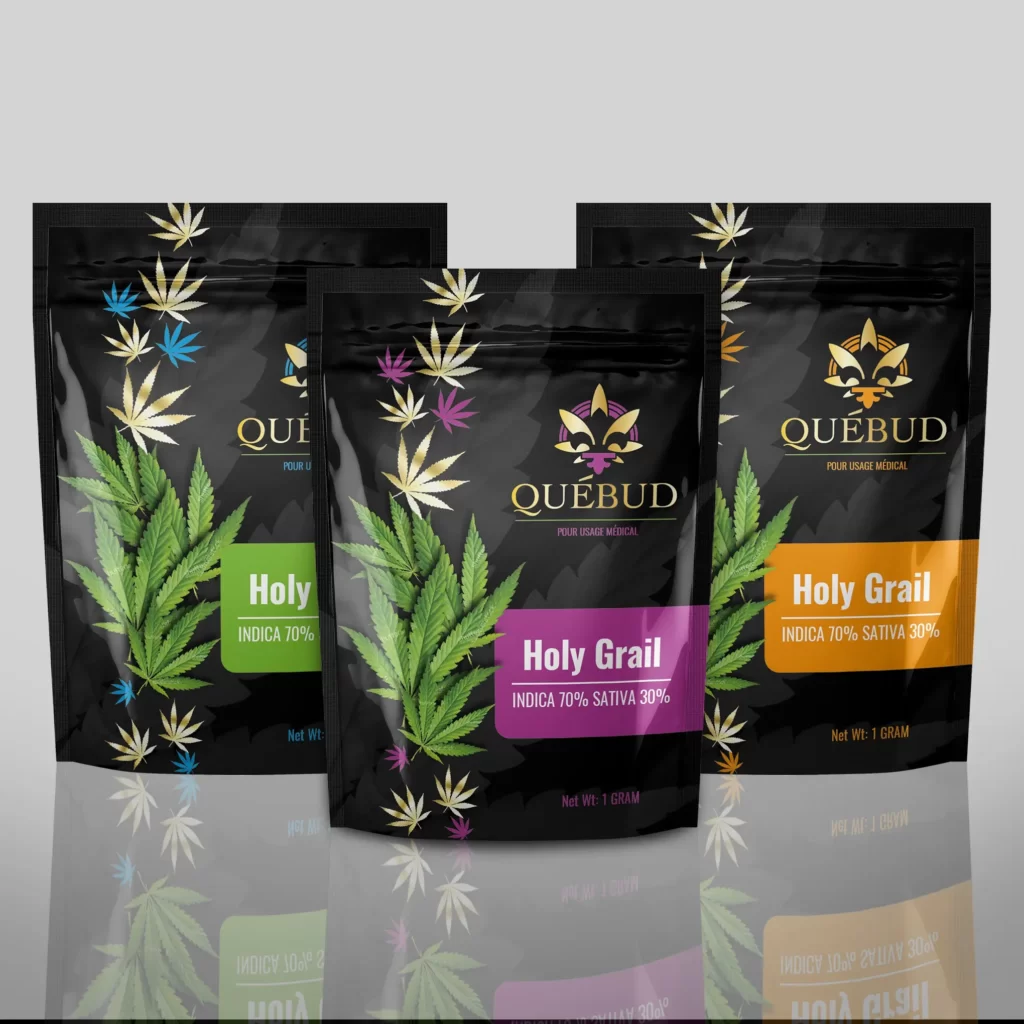
Conclusion
Today, many consumers are becoming more environmentally conscious, and this is often reflected in their purchasing decisions. Therefore, using eco-friendly packaging for your products will appeal to these consumers, effectively helping to increase sales and brand appeal, thus boosting overall business.



